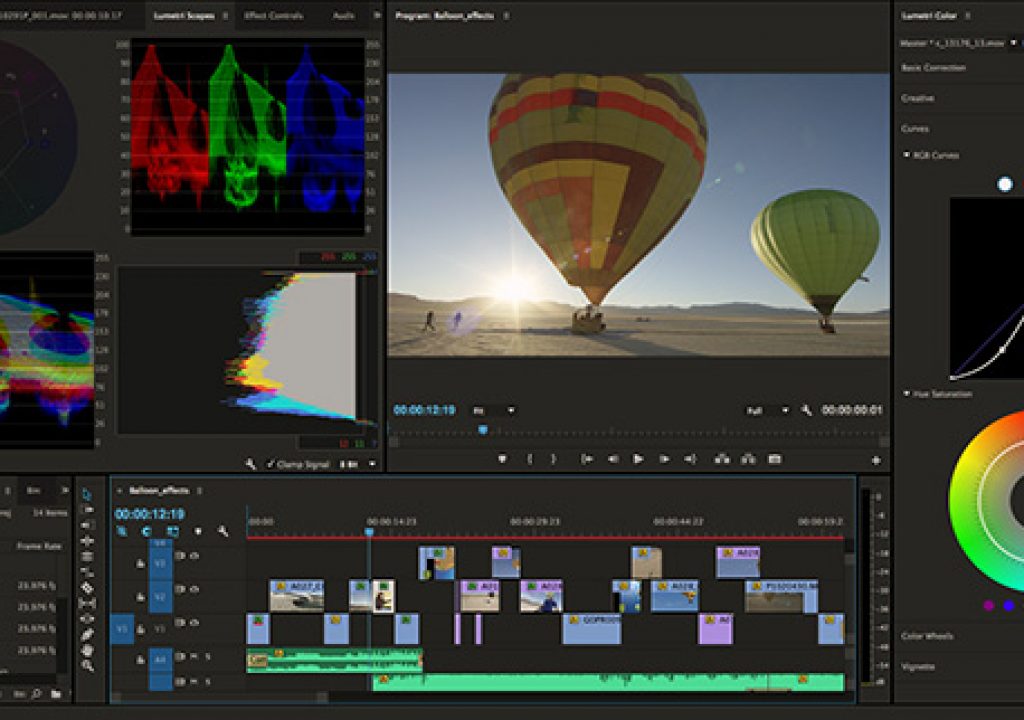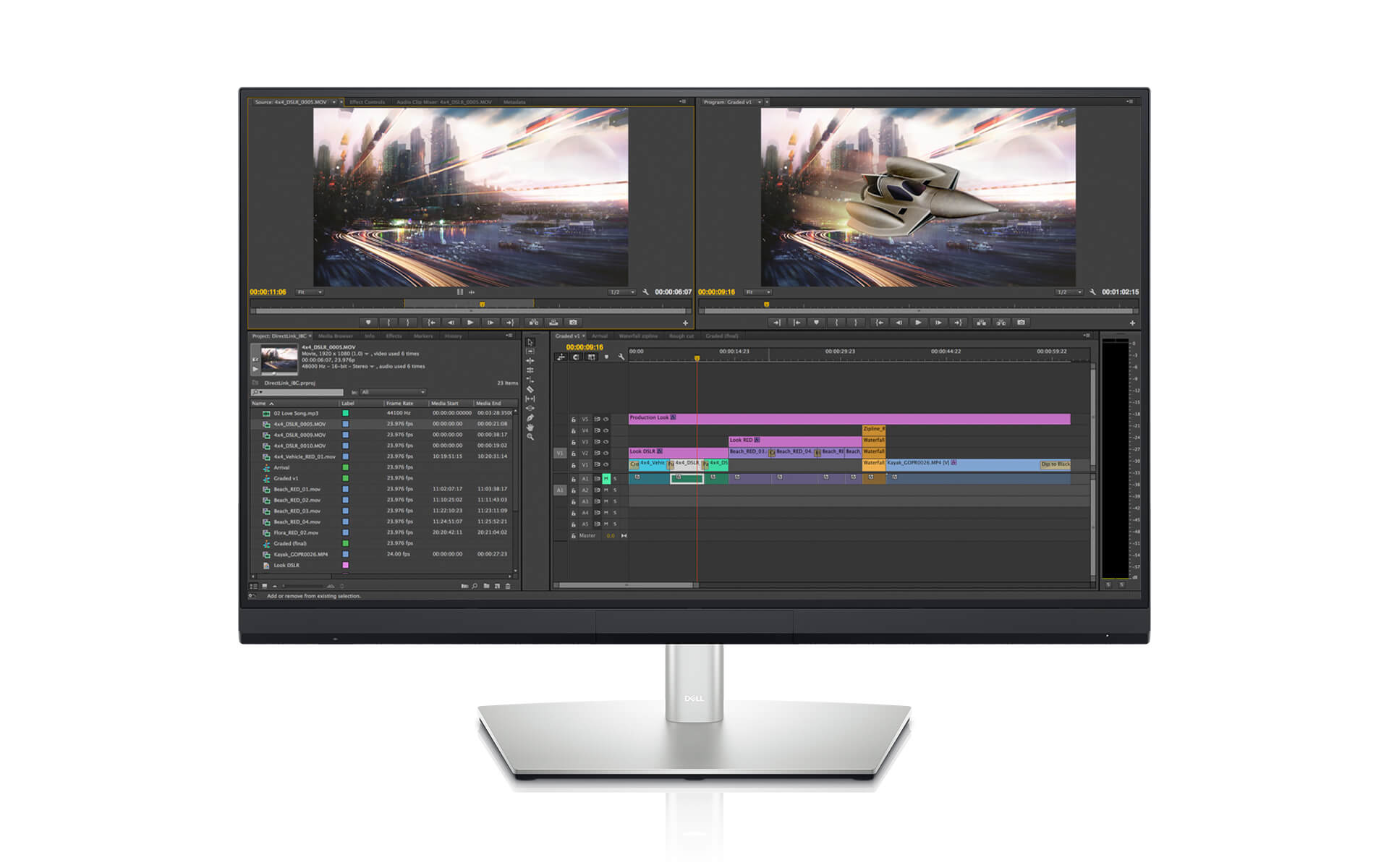
Importing images is by far the easiest way to go for this tool, but there is some support for video if that is the direction you want to go with your class projects. Once the video is imported, you can trim it to just the section you want, and you can start one clip where a previous clip left off. m4v, and you may experience some import issues depending on the codec. As for video, you must upload files directly from your computer, and there are limits for file size and supported formats. Of course, users can upload their own photos or snap a quick image with their webcam, the former of which is may get a little complicated with student projects and the latter of which may not look very good. You can also search for Adobe Stock images or search the web for photos with the Creative Commons license. Supported hosting services include Creative Cloud, Lightroom, Dropbox, Google Photos, and Google Drive. You can connect various accounts to your CC Express projects an import them directly from the cloud. Currently, this tool supports importing both video and image files. Multiple MediaĪnother excellent feature of Adobe CC Express video is the ability use multiple types of media. Your students don’t need the whole universe of features to tell their stories, they just need the right features. This video tool has everything your students need to make their story (or documentary or book trailer or historical analysis or whatever) beautiful and compelling, but not so much that they spend hours choosing the perfect font or changing every letter in a sentence to a different color (yes, my students used to do that when I was young and naive). The richness of storytelling is in words, voice, and powerful images, not in fonts, colors, and animations. You may think a ton of features and options is a sign of a better tool, but all they do is take your attention away from the thing you’re there to do: storytelling. The truth is, when it comes to web-based tools, less is more.Īdobe CC Express video has stayed true to this vision. We wanted a simple tool meant for certain types of projects, and through the process of seeking feedback we took our eye off the ball. Over time, the interface became cluttered and confusing, the very thing we were trying to avoid. The latter group would suggest all kinds of features and improvements, while the former group would suggest more design options like colors, fonts, and layout. Some of the teachers had no prior experience with video-based projects, but others had used video editors in the past.

When we were piloting PrimaryAccess with teachers, we would seek their feedback on ways to improve the tool.
#Adobe creative cloud video recording software#
Having dabbled in the process of software development, I understand the frenzy to add feature after feature.

Based on many years of experience infusing student-created video into my instruction, I will highlight some important features that I believe make Adobe CC Express video an excellent entry point for including video projects into your own teaching. Adobe CC Express video is ideal for 1-5 minute projects that center on voice-over images and short video clips. In fact, it has never been more accessible than it is now, but teachers will have to plan with reasonable expectations. That doesn’t mean video creation is off the table for teachers. The truth is, most teachers don’t have the expertise or instructional time to invest in film production.

If your goal is to have students learn more advanced movie-making techniques using various cuts, chromakey, and special effects (not to mention lighting, angles, and sound … crucial elements of the filming process), you will need to use a more robust video editor like Premier or iMovie. This is not a one-stop shop for all types of video editing. Adobe CC Express video is ideal for CERTAIN TYPES of video projects.


 0 kommentar(er)
0 kommentar(er)
